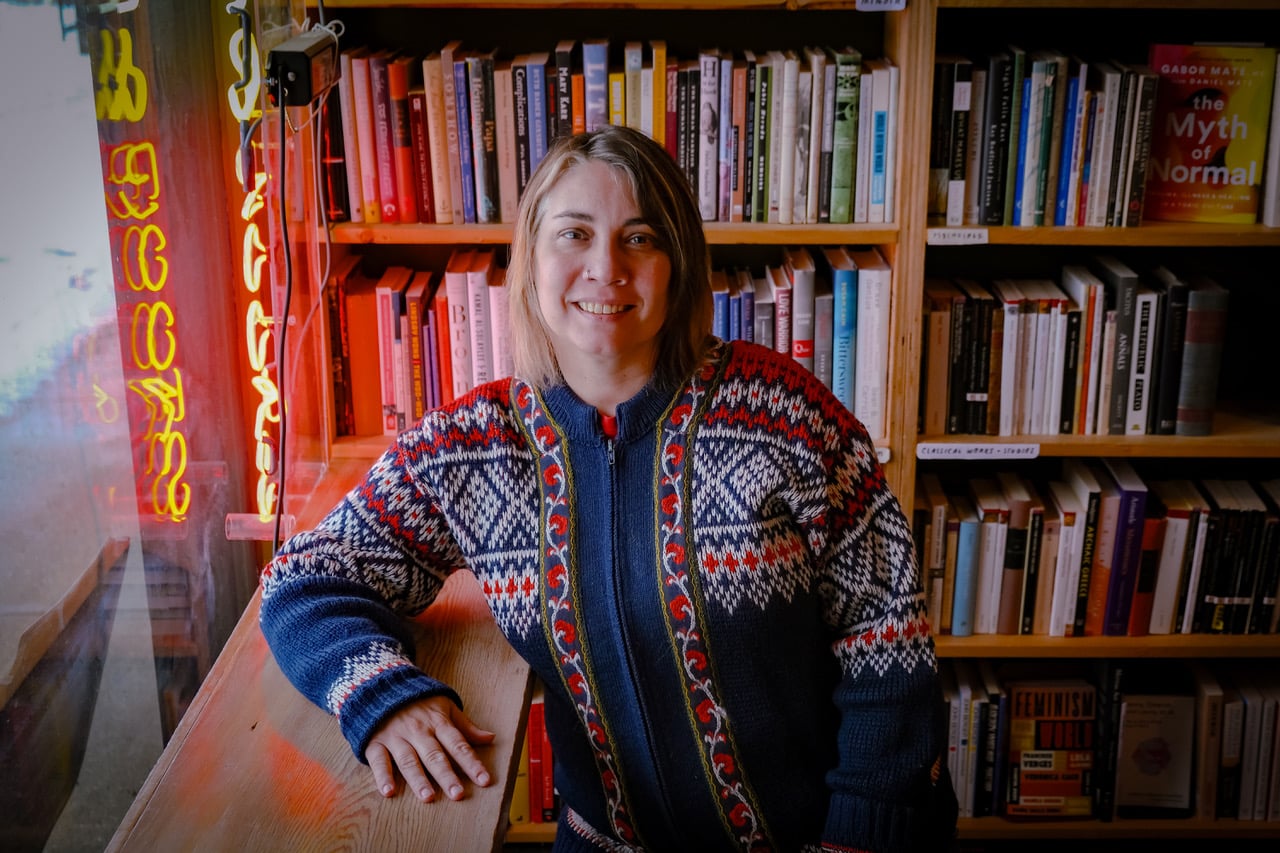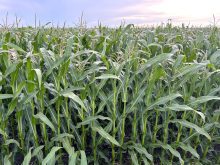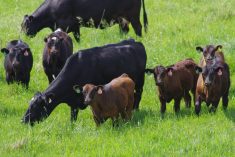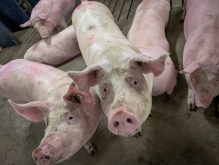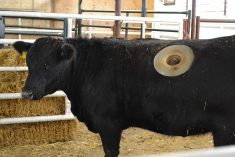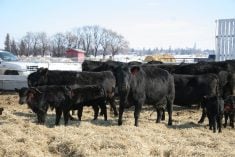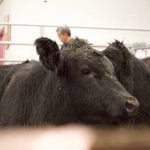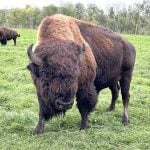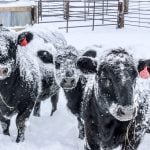Daniel Doerksen is one of many in the cattle sector who are feeling more positive as prices pick up.
“To see cattle prices finally increasing is a reason to be optimistic and want to be in the cattle business,” said Doerksen, who runs a commercial cow-calf and feedstock operation along with a feedlot near Gem.
“For the cow-calf producer, it’s exciting, with these higher input costs, to see your calf prices finally go up.”
Read Also

The long march to autonomy
The big players in the machinery market keep adding pieces towards autonomous vehicles for farming, but how far away is a final product?
Although slaughter volumes have been lighter than usual, fed cattle prices have been setting new highs for the year — a positive sign for cow-calf producers, says Canfax, the market analysis arm of the Canadian Cattle Association.
“Yearling grassers are about 15 per cent stronger than prices last year. Calves are up about eight per cent,” said Canfax executive director Brenna Grant.
It’s a major change, said market analyst Brian Perillat, noting fall weaned steers had been in the same trading range since 2017.

“Right now, most of these calves were well over $2.50 to $2.60,” said Perillat, agribusiness specialist with More than Just Feed in Strathmore. “We could see a lot more strength in these calves, depending on what the grain market does. We’re 40 to 50 cents higher than we have been for the last few years, for calf prices, so that’s pretty positive.”
Prices started rising in July and the upward price trend looks to have legs, he said.
“There’s a lot of strong fundamentals on the cattle side. It’s going to turn into a supply story — finally.”
But it’s one that has taken a few years to play out.
“The U.S. cattle herd peaked back in 2019, and they’ve kind of been selling off,” said Perillat. “We just continued to fight a backlog of cattle for the last couple of years. With them getting rid of a bunch of cows, and working through these backlogs and drought cattle, it looks pretty promising from a supply point of view. Cattle prices will go up and start going up.”
Last year, Canada imported a lot of American cattle and that had an impact on prices here.
“We were a net importer in 2021 of almost a quarter of a million head of cattle,” he noted. “That kept our feedlots full. We just had big supplies through spring and summer. We’ve worked through some of that.
“(However) the very high feed costs were also motivating feedlots to sell cattle as soon as they could. We worked through some of the glut of cattle somewhat quickly as well. That’s going to help us get to some tighter numbers this year and maybe next year.”
The feeling of optimism in the cattle industry is almost more important than the cash, said Charlie Christie, a rancher, grain farmer and feedlot owner from Trochu.
“The money is important, but the optimism is so important to keep driving forward,” he said.
The rise in prices after several years of tough times — including drought and processing backlogs created when the pandemic caused packers to temporarily shut down or go down to one shift — has given some “an opportunity to get out,” he added.
“You could look at that as a positive as well,” said Christie. “There’s an abundance of feed and they’re able to get out at a reasonable price, rather than being forced out at whatever you can get. Even at the darkest place of the whole thing, I can see a positive side of it.”
The cattle herd has shrunk in the past few years, and it’s still shrinking, he noted.
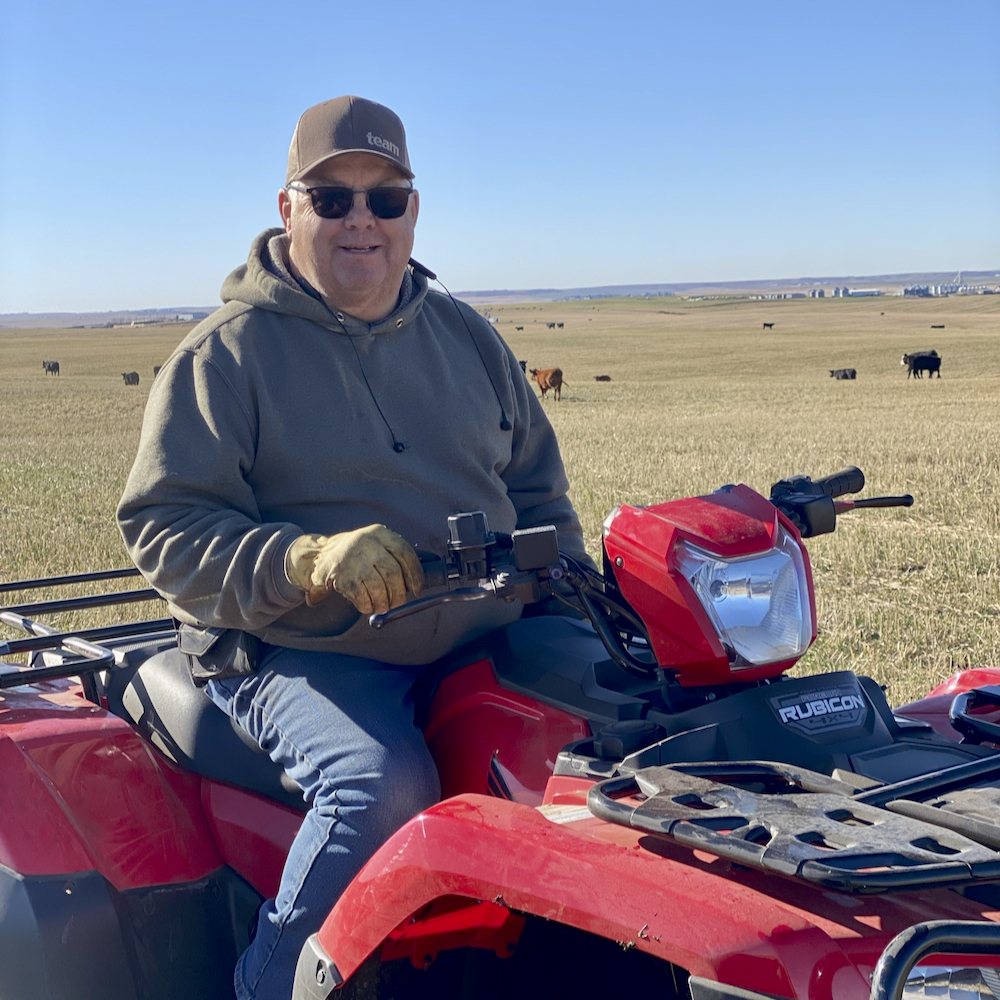
“I think there’s a few good years of prices ahead of us. My daughter and son-in-law are building their cow herd right now, and it’s good to see them get into it where they can build some equity and get in a stronger footing for the next go-round.”
Younger producers will also be able to purchase good genetics from those getting out of the cattle business, Christie noted, albeit not at bargain prices.
“Culls are ridiculously high,” he said. “I don’t know what breds are going to bring this fall. I suggest they are going to be strong. Heifer retention is at an all-time low.”
Meanwhile sky-high feed costs are finally coming down.

“The really big thing is that we’ve seen barley prices drop 15 per cent since the end of June and that’s already been supporting both the yearling and the calf market, which are stronger than last year,” Grant said last month.
Doerken said there is a lot of feed available in his part of the province, the southeast.
“That’s also a positive,” he said. “Prices are staying around $200 a tonne in this area. If we have an easy winter, I could see those prices coming down.”
A year ago, producers were scrambling to find feed but Christie said he’s also had calls about buying hay or hailed crops.
“We have five times as much hay as we had last year off our own hay ground,” he said. “There is an abundance of hay, and that in itself, will help cattle prices somewhat.”
Cow-calf producers have had a tough slog, especially with the drought, and need some relief, added Perillat.
“They’ve spent a lot of money to feed the cows over the last year,” he said. “Prices are good, but it doesn’t mean big profit margins for the cow-calf guys, either. Hopefully, next year, we’ll see even better things going forward for cow-calf producers.”
The outlook is also far brighter for feeders as fat cattle have been fetching close to $1.80 a pound.
“For August, that’s a very strong price,” Perillat said. “That’s the highest we’ve seen since 2015. Feedlot owners paid a fair amount for calves last fall and they’ve had to feed extremely expensive feed.
“For the first half of 2022, feedlots were not doing well and were often losing money, but now we’re getting close to a break-even at least.”
Cow slaughter is up one per cent in the West, and exports to the United States are significantly larger, added Grant.
“We are expecting a smaller cow herd on Jan. 1 in the West,” she said. “In the East, they’ve actually had stronger culling of their cow herd and that includes both beef and dairy cows. They’re going to be also having a smaller cow herd on Jan. 1.”
Add it up and the supply-demand equation should favour producers, she said.
“In terms of the U.S. and Canada, we are going to have a much smaller calf crop coming forward, which means tighter supplies. There is probably going to be competition for those calves, which will support prices.”
Doerksen said his wish is that everybody in every part of the cattle sector can turn a profit.

